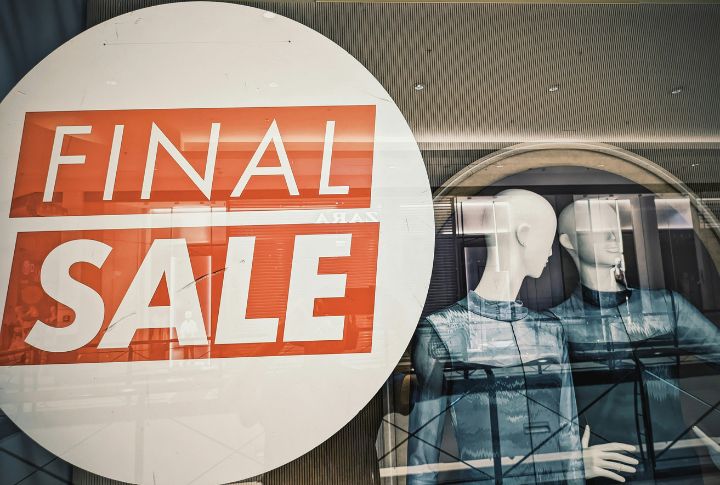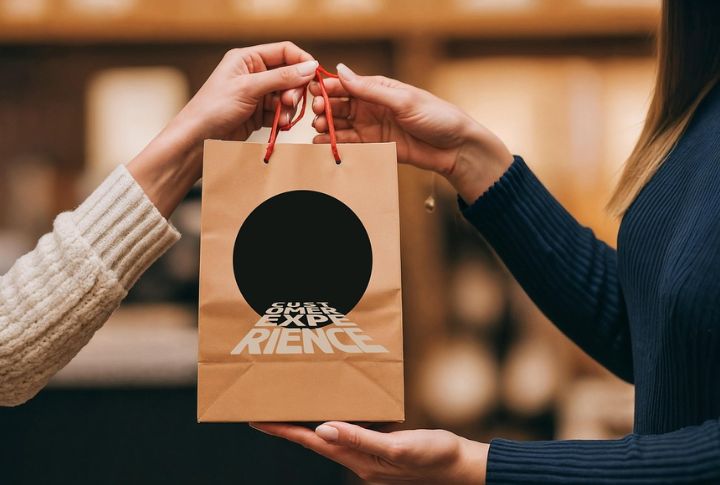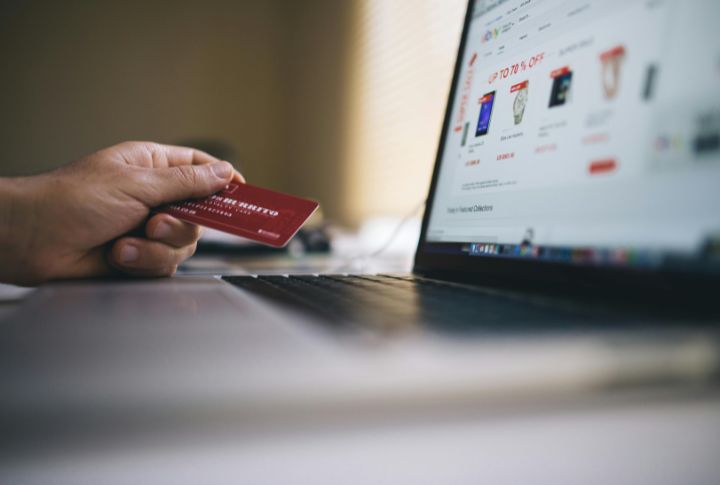
Retailers have mastered the art of making you spend more than you planned—especially during Black Friday. Those subtle cues and full-blown sensory manipulation are designed to influence your decisions without you even realizing it. Want to stay in control and actually score the deals worth chasing? Step behind the curtain and see what’s really driving your cart.
Anchoring With Inflated Original Prices

Those giant crossed-out price tags you see in stores? They’re one of retail’s oldest psychological tricks. By showing a fake “original” price beside a lower sale price, stores anchor your mind to that first big number. Suddenly, the discount feels huge—even if the product was never sold at that inflated amount. You walk away thinking you scored a major deal.
Scarcity Messaging With Limited Stock Alerts

Seeing a message that says, “Only five left!” instantly sparks the fear of missing out. This feeling is the most powerful mind game retailers play. It’s done to rush you into buying right now because you are afraid the deal or the product will vanish forever. Even when you are shopping online, that “low stock” alert is a high-pressure sales tactic.
Bundling Products To Obscure Value

A retailer will often group several items into a single large package, making it impossible to judge the true cost of each item. Shoppers end up buying a bunch of stuff they never need, all because the total price seems like a better deal. However, retailers cleverly sneak in less popular inventory by pairing it with a hot-selling item.
Decoy Pricing To Steer Choices

Just imagine three coffee sizes: small for $4, large for $8, and a medium for $7. That slightly less attractive medium option is the clever “decoy.” It exists just to make the expensive large option look like the obvious, best-value choice. The retailer wants to nudge you right past the cheapest item toward the one with the highest profit.
Social Proof Via Fake Reviews Or Bestseller Badges

People naturally follow the crowd, and retailers exploit this tendency by prominently displaying ‘bestseller’ badges. You should always be skeptical because not all of those glowing customer reviews are real. Seeing a bunch of five-star ratings makes you assume the product is trustworthy and popular, which pulls you along with the perceived masses.
Reciprocity With Small Gifts Or Samples

The moment a nice employee offers you a free small gift or a sample, a switch flips in your brain. You immediately feel a subtle obligation to return the favor. Retailers count on the ancient human need for reciprocity to get you to spend money. That little freebie is just a strategic investment for them.
Sensory Overload In Store Layouts

Walk into a store on Black Friday, and you are immediately hit with loud music, bright flashing lights, and chaotic displays. That sensory blitz is a calculated distraction. It makes it much harder for you to think clearly, and allows you to let go of your budget and become more vulnerable to impulse purchases.
Dynamic Pricing Algorithms

Online retailers constantly adjust prices in real time using advanced AI. Two different people can see two different prices for the exact same item just minutes apart. Your personal browsing history and location influence how much a store thinks it can charge you.
Endowment Effect Through Trial Offers

When a store gives you a free sample or a temporary trial, they are trying to activate a powerful feeling of ownership. Humans overvalue anything that feels like it is already possessed, even for a short time. Giving something back suddenly feels like a loss, so you feel compelled to purchase the item to keep it.
Loss Leader Doorbusters

Those unbelievable deals that bring shoppers out at 4 AM are often items sold at a loss to the store. Retailers are not making money on that deeply discounted TV. Their goal is simply to get you through the door, hoping you will fill your cart with a lot of full-priced, high-profit items once inside.
